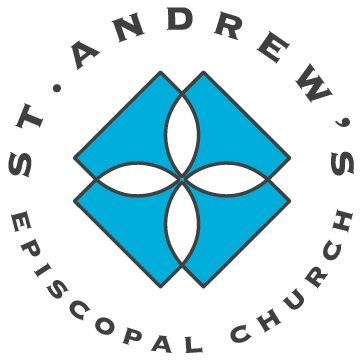November 24, 2021
/Thanksgiving Eve
The Rev. Clint Brown
Thanksgiving Day has its origin in the year 1621 in a harvest feast shared by the newly arrived English colonists of Plymouth and a local native tribe called the Wampanoag. It seems to have all started when a few of the Englishmen went out to do some “fowling,” that is, bird hunting, possibly for turkeys but more probably for geese and ducks, which were much easier prey. As the colonists began to roast what they had bagged, 90 or so Wampanoag emerged from the woods. I’m sure the only 50 or so colonists were not a little unnerved by this sudden appearance of so many strangers at their gate, but over the next few days the two groups socialized without incident. For their part, the Wampanoag contributed venison and fish, vegetables and beer. In between meals, it is recorded, the men competed at target practice, foot races, and drinking contests. Everyone struggled, of course, to communicate in broken English and Wampanoag, but all in all, one could say, that despite being thoroughly disorderly it was a good-natured affair, and it helped to cement friendly relations between the two groups for over fifty years.
The New England colonists had a tradition of regularly setting aside days of prayer like this to thank God for God’s many blessings. When the Constitution was ratified, the Continental Congress proclaimed for the former colonies, now federated states, a day of thanksgiving. But Thanksgiving did not become an annual holiday with a fixed day until Sarah Josepha Hale, the editor of a popular women’s magazine, campaigned for one to promote unity during the Civil War. And so, on October 3, 1863, just three months after the greatest bloodletting this continent has ever seen at Gettysburg, President Abraham Lincoln proclaimed a national day of thanksgiving to be celebrated on the last Thursday in November.
Over the years, as the country became more urban and families began to live farther apart, Thanksgiving became an important time for regathering. Thanksgiving Day football games became a tradition, beginning with Yale versus Princeton in 1876. Towards the end of the century, parades of costumed revelers became common, and so it was only to be expected that, in 1920, the Gimbel’s department store in Philadelphia should stage a parade of about 50 people, with Santa Claus at the rear of the procession, to tap into the holiday spirit and give the happy crowd a good reason to come downtown and spend their money. In New York City, Macy’s followed suit not long after in 1924.[1] And we all know what Thanksgiving looks and feels like today. How remarkable, then, that standing behind all this is the story of some colonists and natives who overcame their suspicions to celebrate the earth’s bounty and give thanks in one another’s company.
For we Episcopalians, however, none of this should seem new to us. Over the years we have grown more and more comfortable letting strangers in at the gate and being pleasantly surprised at the result. But most importantly, gathering to give thanks is, for us, the very definition of church, because the word for thanksgiving in Greek is eucharistía. Every Eucharist at which we gather is an act of thanksgiving. When we come together to hear scripture, to pray, to praise, and then partake of holy communion, we are simply performing the needful task of remembering and then responding to all that has been done for us. Thanksgiving is the context in which Christians gather to share the Body and Blood of Christ. And so, as you leave here tonight, know that the excuse for gathering may have been because Thanksgiving Day is tomorrow, but remember that we are actually no strangers to the work of thanksgiving.
[1] The history of Thanksgiving Day summarized here is drawn from Encyclopedia Britannica, s.v. “Thanksgiving Day,” accessed November 23, 2021, https://www.britannica.com/topic/Thanksgiving-Day.

